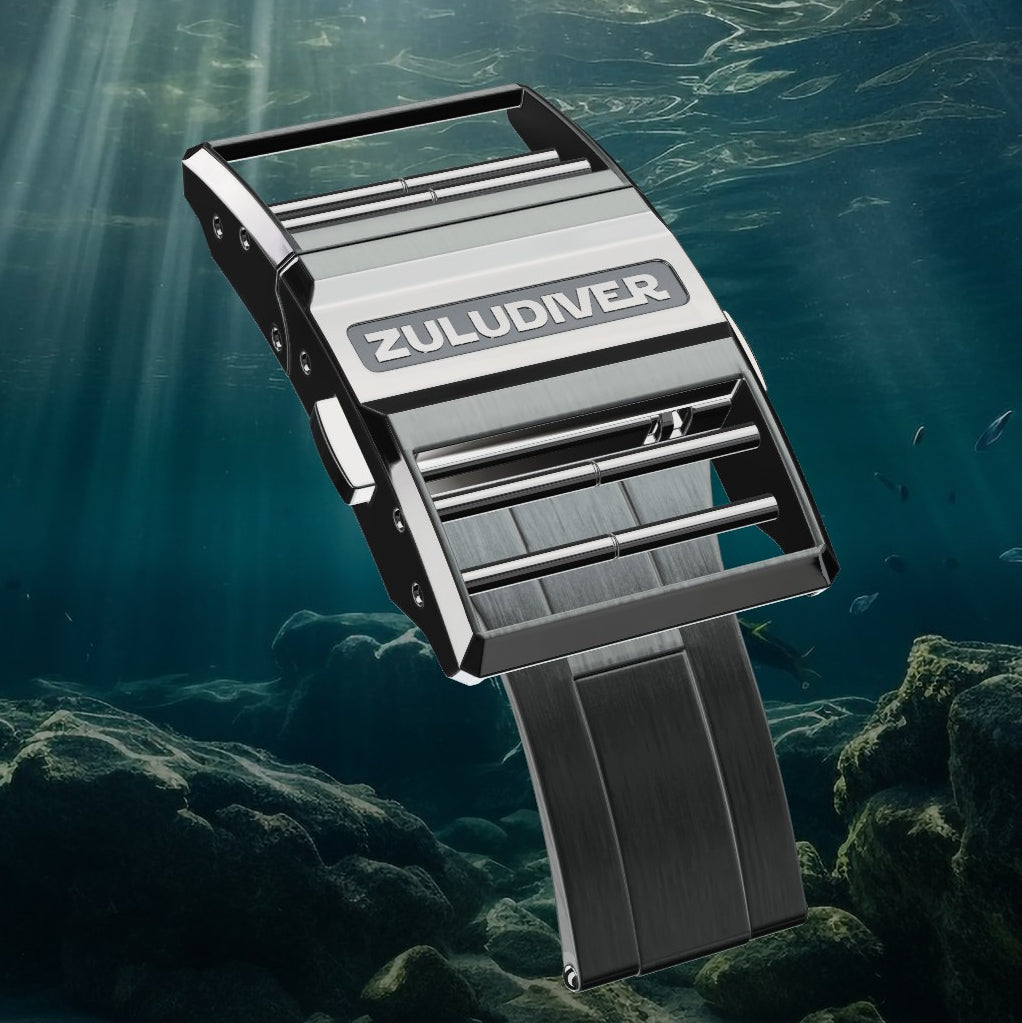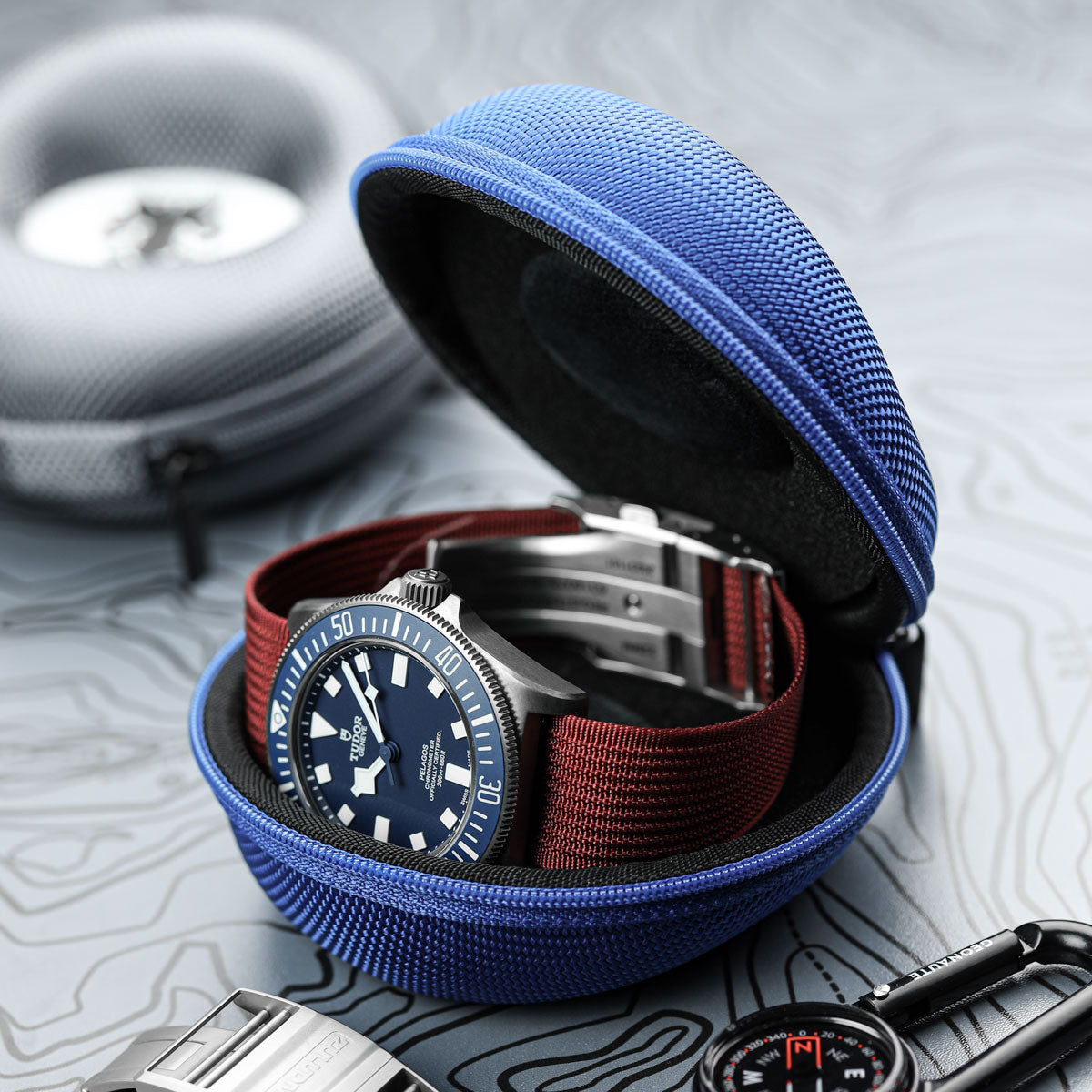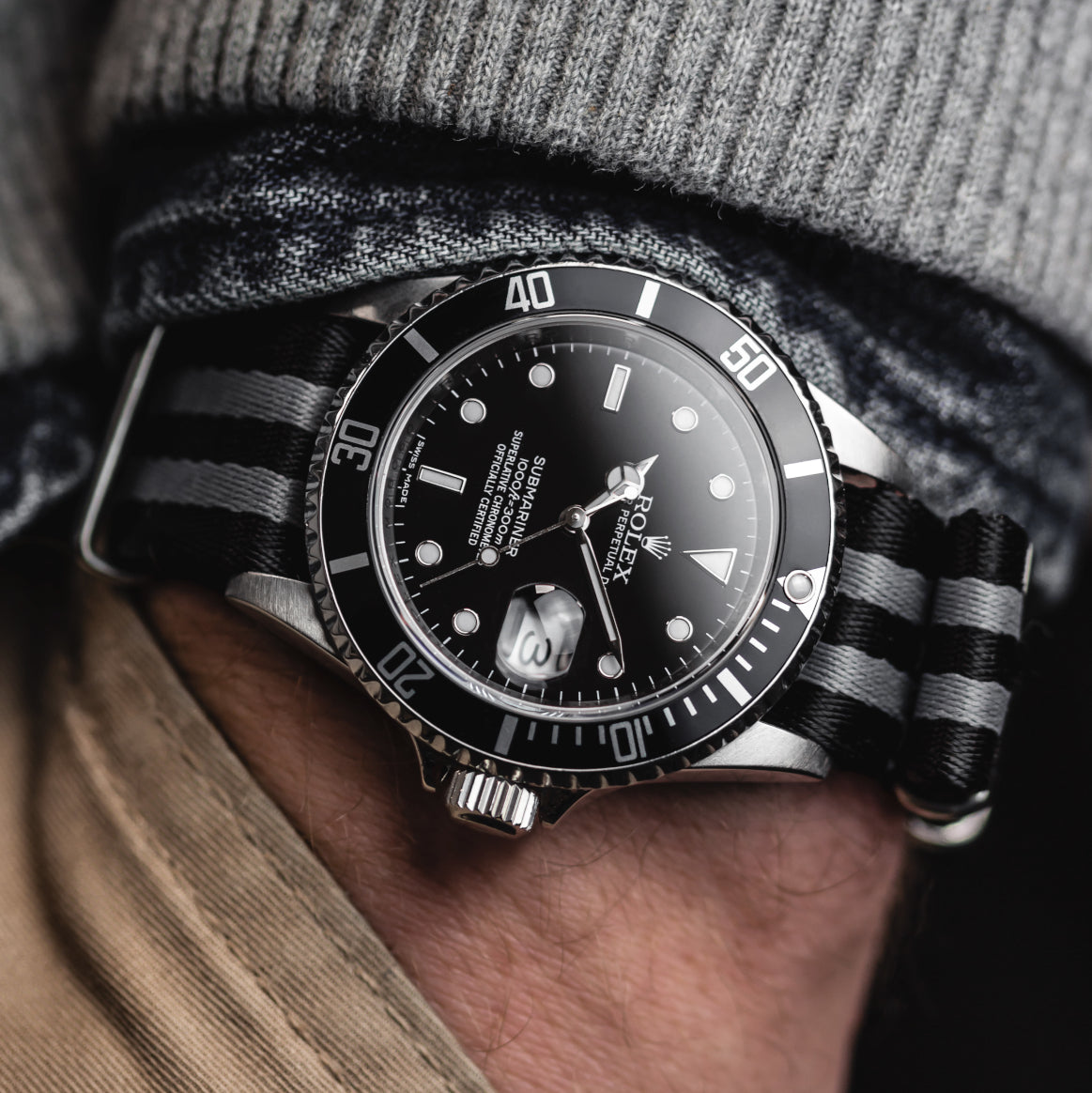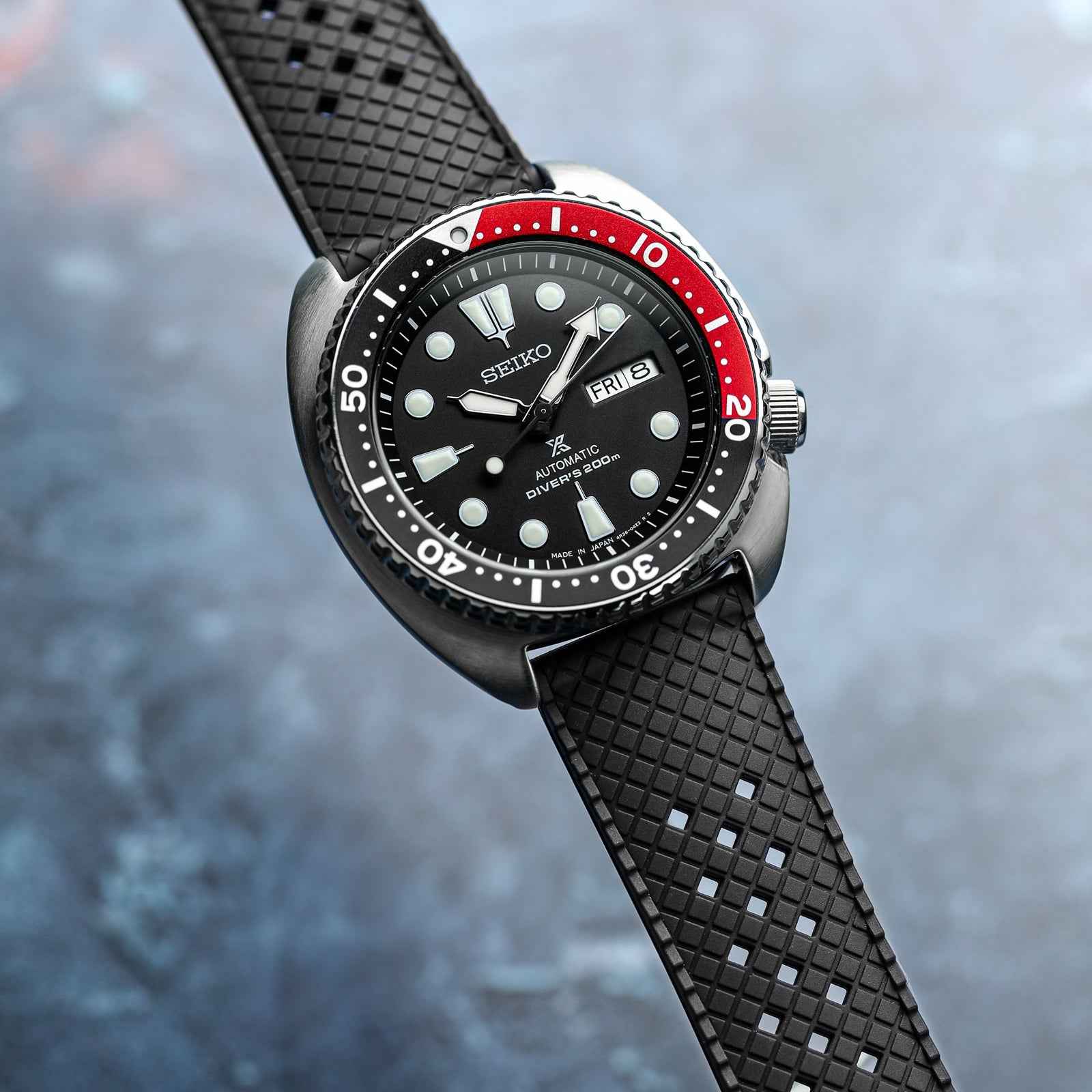Your Cart is Empty
NEW! FREE SHIPPING TO THE UK, GERMANY, FRANCE & MORE!
NEW! FREE SHIPPING TO THE UK, GERMANY, FRANCE & MORE!
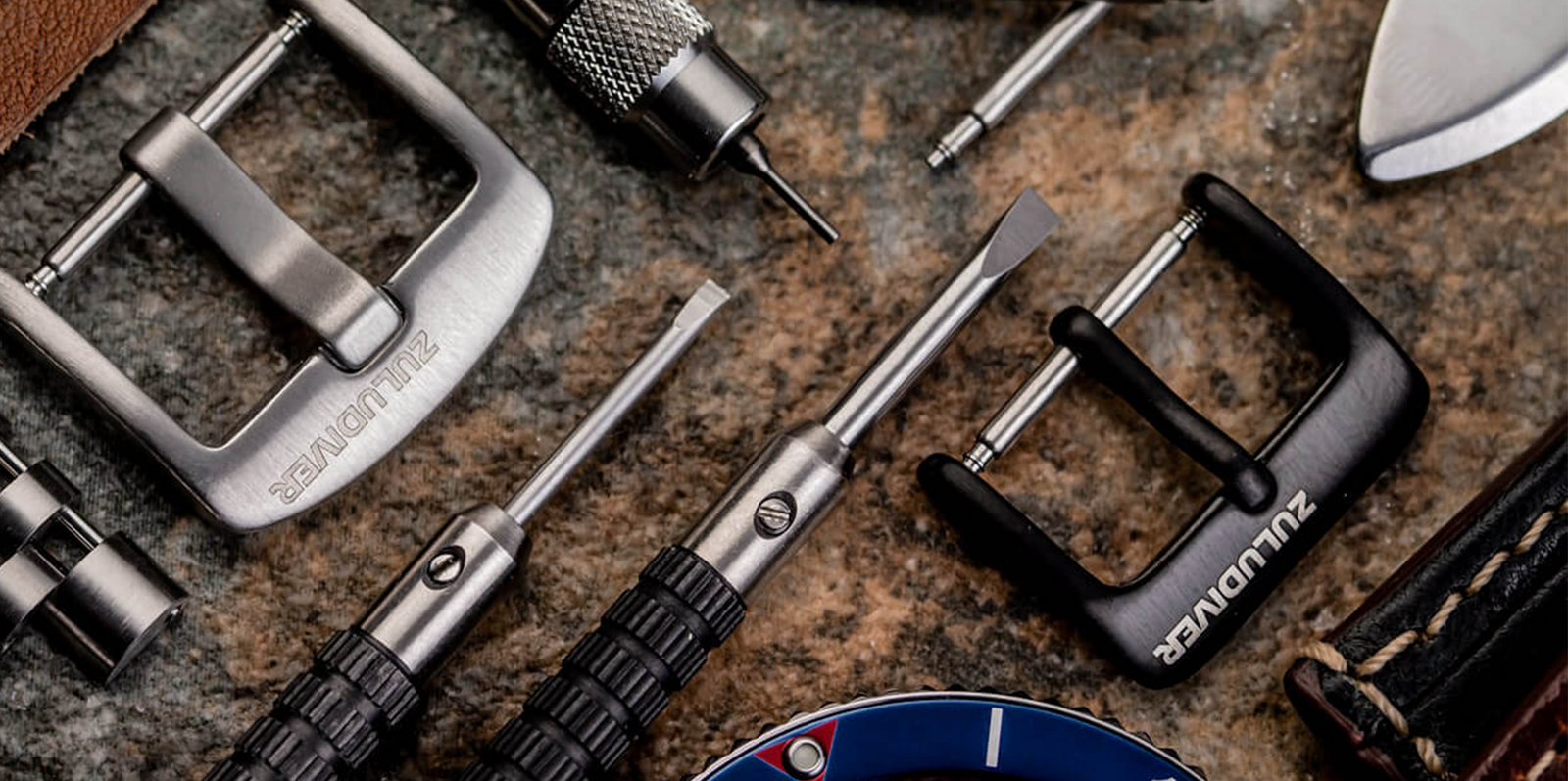
What Is PVD Or IP Plating?

Categories
April 08, 2022
IP or PVD both refer to Ion Plating (IP) through a Physical Vapor Deposition (PVD) process. It's a modern plating method commonly used in the watch and jewellery trade where a durable and hardwearing finish is applied to products made from metals such as stainless-steel.
At ZULUDIVER we use Ion Plating for some of our buckles such as our Pre-V IP Black Watch Strap Buckle, giving them a durable finish in a variety of colours.
How PVD is made
To create a PVD coating you use partially ionized metal vapor. It reacts with certain gases and forms a thin film with a specified composition on the substrate. Most commonly used methods are sputtering and cathodic arc.
In sputtering, the vapor is formed by a metal target being bombarded with energetic gas ions. Cathodic arc method uses repetitive vacuum arc discharges to strike the metal target and to evaporate the material. All PVD processes are carried out under high vacuum conditions. The typical process temperature for PVD coatings is between 250°C and 450°C. In some cases, PVD coatings can be deposited at temperatures below 70°C or up to 600°C, depending on substrate materials and expected behaviour in the application.
The coatings can be deposited as mono-, multi- and graded layers. The latest generation films are nanostructured and superlattice variations of multi-layered coatings, which provide enhanced properties. The coating structure can be tuned to producing the desired properties in terms of hardness, adhesion, friction etc.
The final coating choice is determined by the demands of the application. The coating thickness ranges from 2 to 5 µm, but can be as thin as a few hundred nanometres or as thick as 15 or more µm. Substrate materials include steels, non-ferrous metals, tungsten carbides as well as pre-plated plastics. The suitability of the substrate material for PVD coating is limited only by its stability at the deposition temperature and electrical conductivity.
Benefits of PVD and IP plating
- Gives an increased lifespan and durability to watch parts
- The plating is hypoallergenic
- Lasts longer than other forms of plating
- Easy to maintain and clean with soapy water

About the Author: Andy Hillier
About the Author: Andy Hillier
As the head of brand development at ZULUDIVER, I believe that a strong brand is not just about creating a logo or a tagline, but about telling a compelling story that resonates with our customers. We want to create a brand that not only sells products, but also inspires and connects with people on a deeper level.
More Articles by Andy Hillier





